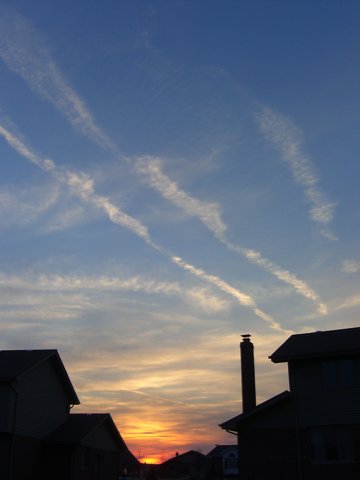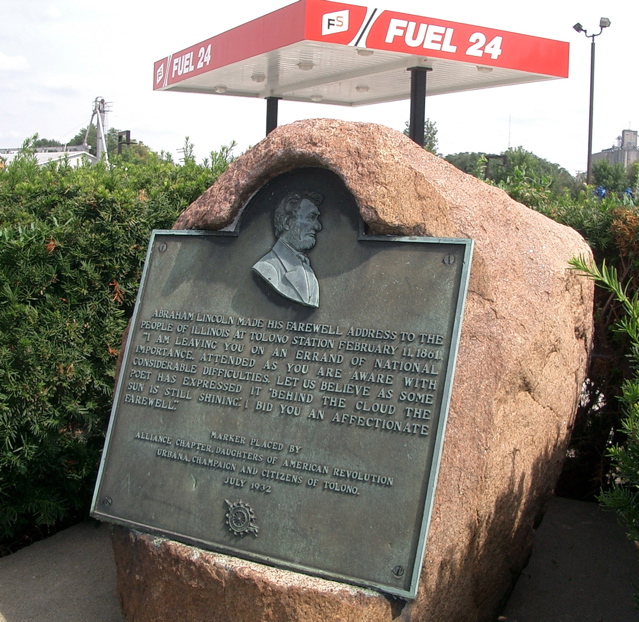Brainstorming some story ideas for my radio news gig, this is where I go: I started out thinking that it might be fun to call a couple of the less populated counties in the state to talk to the county clerks about election day plans. You know–the quaint voice of outback telling the city slicker about the one polling place in the town bar, or something along those lines. And then:
You know, California is big, about three times the land area of my native Illinois. It’s got about three times the population, too, so off the top of my head the overall population density is probably about the same (according to the Census Bureau, in 2006 California had 217 people per square mile; Illinois 223).
The Prairie State is divided into 102 mostly pocket-sized counties. California is split into 58 relatively large ones. California has nine counties with 1 million or more people, Illinois one (Cook). The Land of Lincoln’s biggest county would rank second here, behind Los Angeles County. The No. 2 county in Illinois, DuPage in Chicago’s western suburbs, would rank 11th in California, right after Fresno County. The third most populous Illinois county, Lake, would be 16th in the Golden State. And so on.
But as you go through the list of counties in the respective states, an impression forms: of extremes in California, of relatively even distribution, outside Chicagoland, in Illinois. My county, Alameda, is 738 square miles and has about 1.5 million people. On the other side of the Sierra Nevada passes is a place called Alpine County. At 739 square miles, it’s one of the smaller counties, but not the smallest (that would be, ahem, San Francisco County, at 47 square miles; Santa Cruz is second at 445-point-something) in the state.
Around the old Examiner newsroom, and it deserves to be called that, we had a fellow editor whose family has a summer home up in Alpine County. Whenever something happened in the county–a fire, generally; conceivably some other natural unpleasantness–the Examiner would describe the place as “tiny Alpine County.” The tininess comes from the population: 1,208 in 2000, an estimated 1,180 now.
That’s 1,180 people spread across 739 mountainy, brushy, stream-crossed square miles. One-and-a-fraction human beings per 640 acres. That’s almost as un-dense as Palin-land. My county has something like 1,300 residents for every resident of tiny Alpine County. That’s a lot more, wouldn’t you say? And the density in the city where I live is part about 7,000 times that of tiny Alpine. Just as a for instance of California realities.
Not that you couldn’t find similar extremes if you picked the right patches of Illinois. Cook County has about 5,500 people per square mile, and the city of Chicago is in the neighborhood of 13,000. Statewide, the least populous county is Pope County, at the state’s southeastern tip, with about 4,100 people. Those 4,100 fit somehow into 370 square miles–about 12 people per square mile; I’m guessing that’s the lowest county density in the state. (The second-smallest county population-wise is also the No. 1 smallest area-wise: Hardin County, bordering Pope County on the east. Hardin has 4,600 mosquito-bitten souls–about 27 per square mile.) Those are lonely places judged by the standards of Wrigleyville (or at least Wrigleyville before a Dodgers’ sweep), but they are downright crowded by tiny Alpine County standards.
And that’s where I’m calling, along with Modoc County, maybe, to see how the election preparations are going.
(The point of the foregoing. As I said: Where I go when I start thinking on something. ‘Night. )
Technorati Tags: california, illinois



